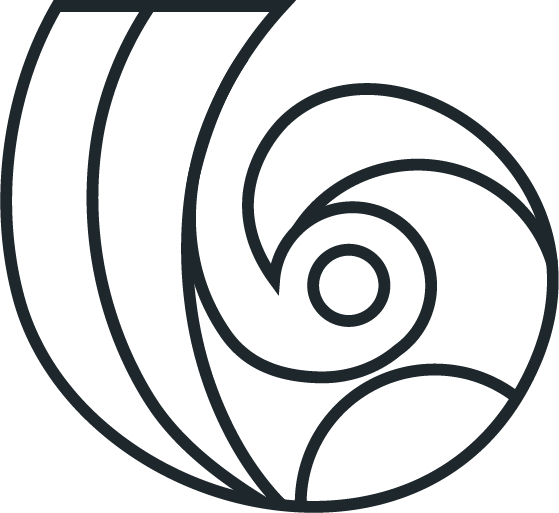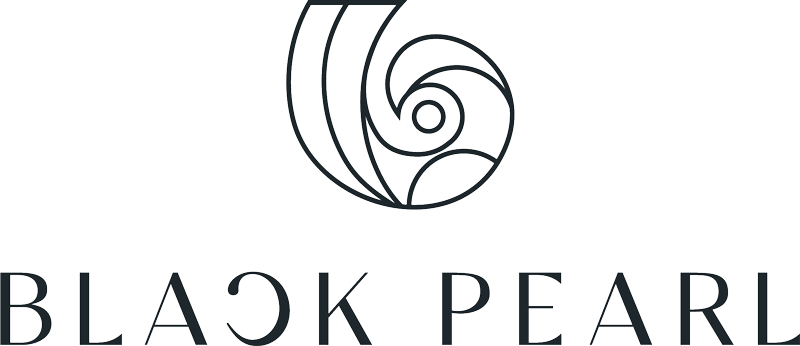The Haka is a traditional ancestral war dance of the Māori people of New Zealand. It’s a powerful and emotional performance that combines chanting, vocal shouts, vigorous body movements, and stomping. Historically, the Haka was performed by warriors before a battle, serving as a way to intimidate opponents and rally the performers’ own spirits.
In contemporary times, the Haka has evolved into a cultural symbol of the Māori identity and is performed in various settings, including ceremonies, celebrations, and sports events like rugby matches where New Zealand teams often perform it before games.
Relating the Haka to the Concept of Cultural Sustainability
As described by BLACK PEARL, Cultural Sustainability refers to the preservation and enrichment of diverse cultural aspects within a society or social group, ensuring their continuity and thriving existence alongside the pursuit of sustainability goals. It recognises culture not just as art and literature but also as lifestyles, values, traditions, and beliefs that define a community.
Cultural sustainability emphasises the integration of diverse cultural perspectives, including factors like age, race, identity, socioeconomics, religion, and education. By understanding how different communities perceive and engage with sustainability, particularly within industries like fashion, design, music, and entertainment, it enhances problem-solving and the development of more representative and inclusive work. We embrace culture as a cornerstone for our unique ideas and solutions.
When related to the Haka, it represents the preservation and enrichment of a cultural aspect within the Māori society. The Haka isn’t merely a performance; it’s a deeply rooted tradition that encompasses values, history, and the identity of the Māori people. Its continuity through generations ensures the thriving existence of this cultural practice alongside the pursuit of sustainability goals.
Moreover, the Haka embodies the integration of diverse cultural perspectives. It’s a significant part of New Zealand’s cultural landscape, showcasing how traditions and rituals contribute to the richness of a society. Understanding and respecting the significance of the Haka in the broader context of cultural sustainability exemplifies the acknowledgment of diverse cultural expressions and their role in shaping and enriching society.

In industries like fashion, design, music, and entertainment, embracing cultural sustainability means honouring and honouring diverse cultural perspectives. By integrating elements of various cultures respectfully and inclusively, these industries can create more representative and meaningful work that resonates with a broader audience, fostering connections and understanding among different communities.The Haka, as a symbol of cultural identity and tradition, underscores the importance of preserving and celebrating cultural diversity in the pursuit of sustainability goals. It serves as a reminder that culture, in its many forms, is integral to the fabric of society and should be honoured and integrated into various aspects of life.
Dance as a Form of Communication

Dance, including the Haka, serves as a form of communication within cultural sustainability. Beyond being a performance or a display of skill, dance often conveys stories, histories, emotions, and values specific to a community or a group of people. In many cultures, including the Māori with the Haka, dance is a language in itself. The Haka, for instance, communicates bravery, unity, and a deep connection to ancestry and the land. Its movements, facial expressions, and chants carry messages that resonate within the Māori culture, passing down wisdom, traditions, and the spirit of the community.
This aspect of dance as communication underscores its significance in preserving cultural heritage. It’s a medium through which cultural narratives and identities are not only expressed but also preserved and shared across generations. In the context of sustainability, recognising dance as a form of communication emphasises the importance of preserving these cultural expressions to maintain the richness and diversity of societies.
When industries such as fashion, design, music, or entertainment integrate dance forms and movements from diverse cultures, they’re not just adopting a style but also embracing a mode of communication. By doing so respectfully and authentically, they contribute to the broader conversation of cultural sustainability, amplifying diverse voices and narratives while creating more inclusive and meaningful content.



